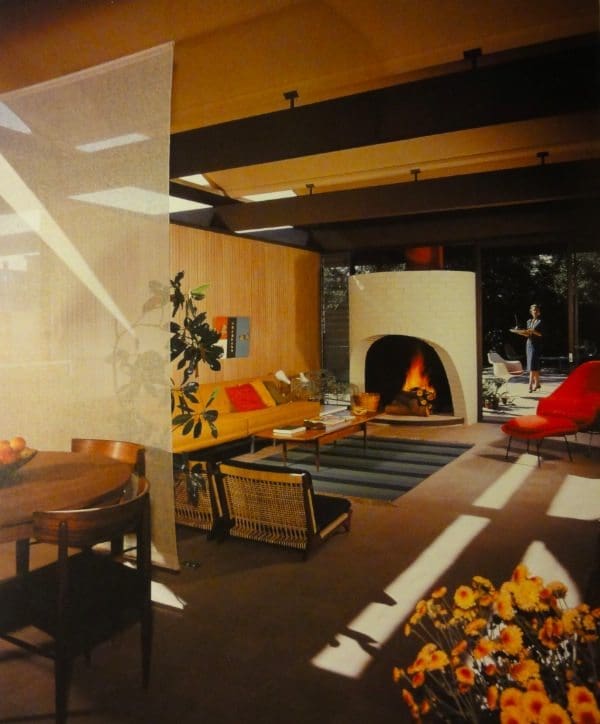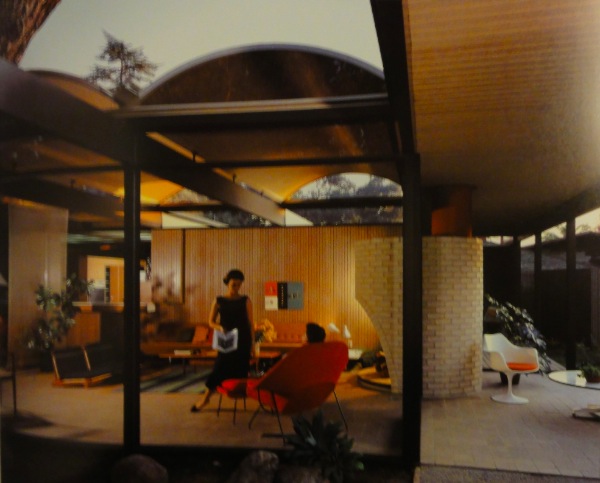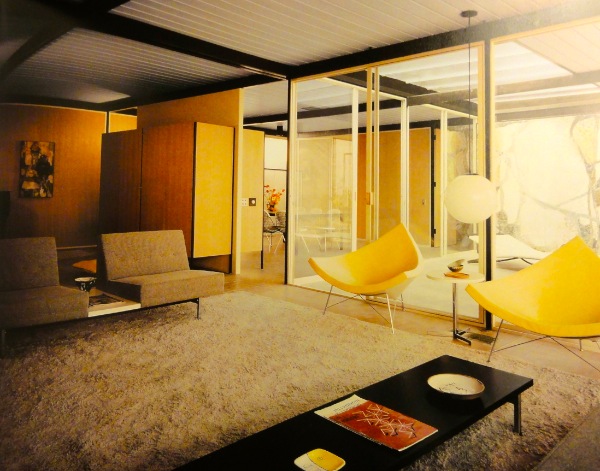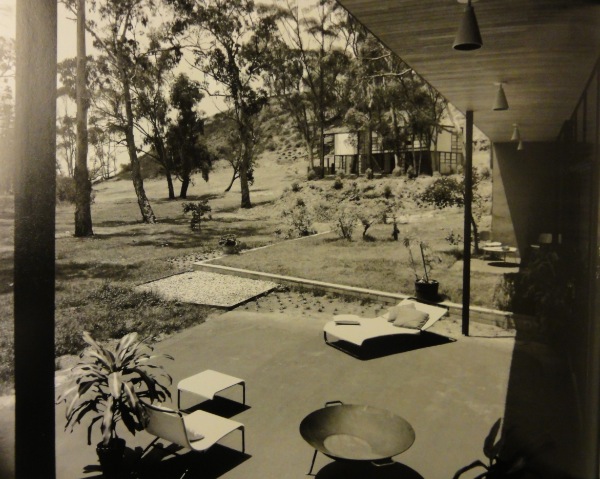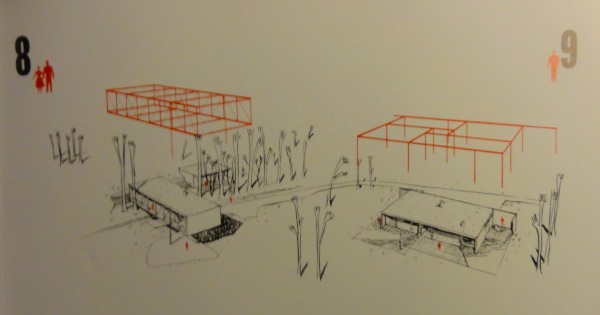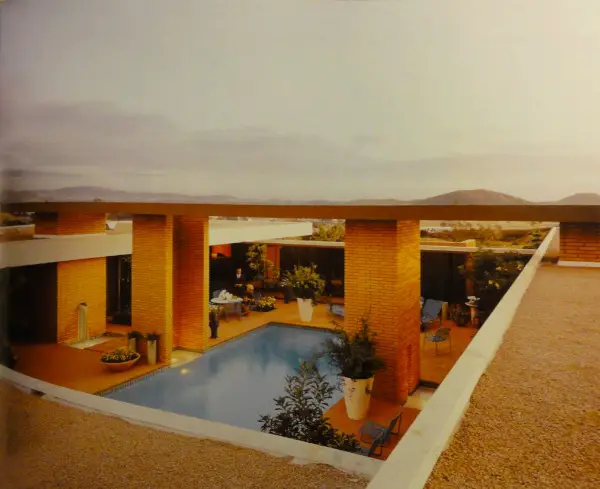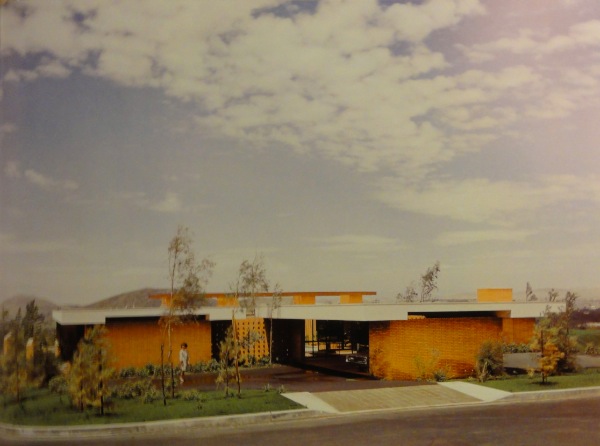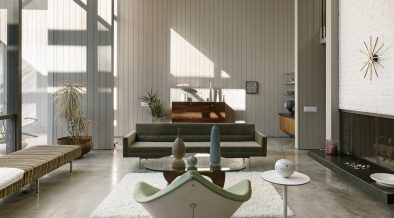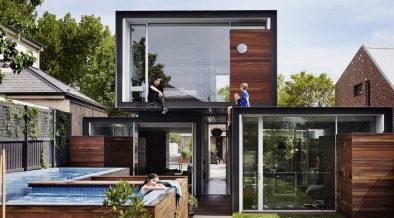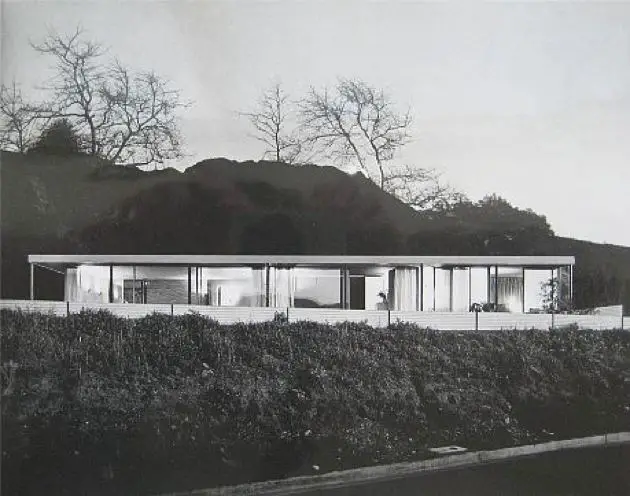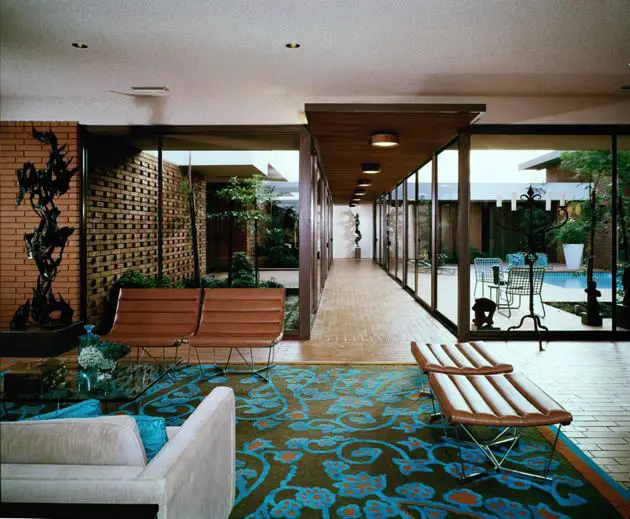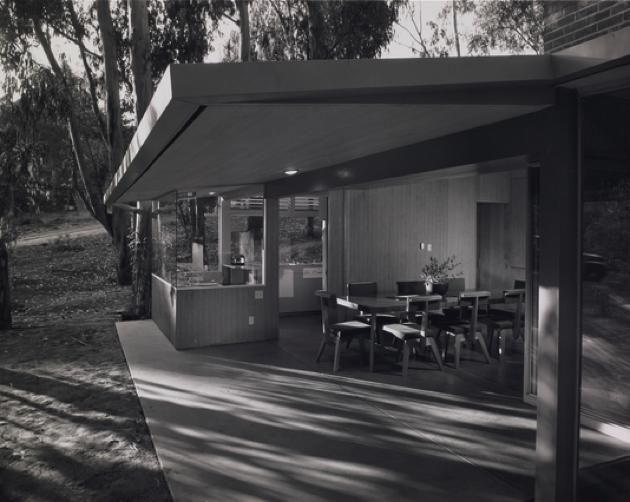The Case Study Houses Program, promoted by the magazine Arts and Architecture in 1945, represented the most important American contribution to the Mid-Century Modern architecture.
Last month I wrote about the CSH #20, today I want to give you the big picture about the Case Study Houses Program, its origins and inspirations.
The main inspiration of the thirty six houses designed for the program, was the desire of a generation of architects to realize affordable and modern houses to satisfy the post war building boom.
Even though many of the designs were never built, the program proved -thanks to its success- that it was possible to realize affordable houses for residential uses.
The Case Study Houses Program’s Contribution to the Mid Century.
The Case Study Houses Program has, in fact, produced some of the most relevant examples of Mid-Century Modern architecture and its incredible success is proven by the influence that it still has today on the architectural culture worldwide.
The houses are an inspiration and a model for contemporary architects that look for experimental solutions to satisfy the need of reductive dwelling spaces.
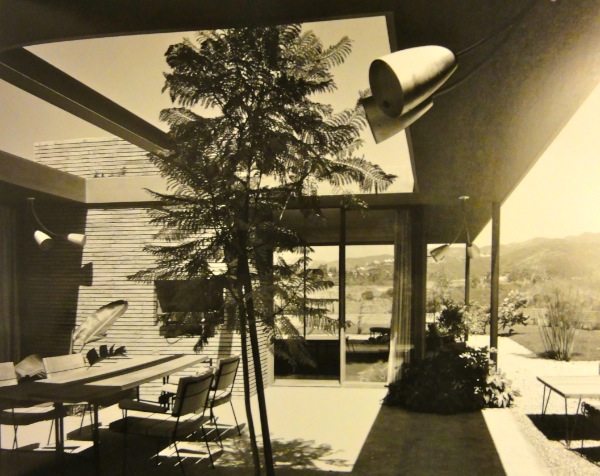
John Entenza was the mind and the force behind the Arts and Architecture magazine and the Case Study Houses Program. Thanks to it, he wanted to offer a solution -both to the building industry and to the public- to the post World War lack of residences; proposing designs for affordable and modern houses.
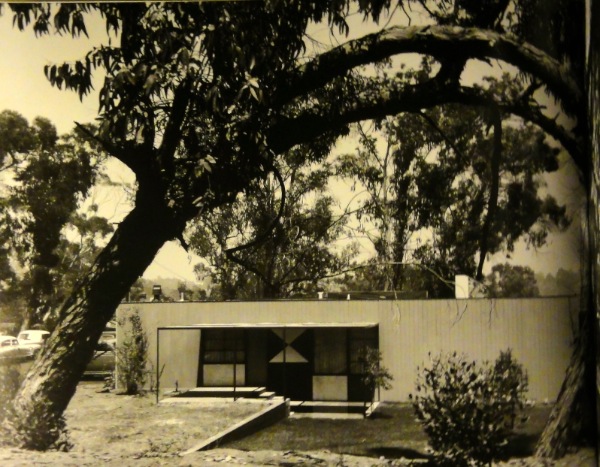
The magazine was the vehicle through which Entenza promoted the designs and connected actual clients with the architects.
Already before the end of the war, Entenza hosted competitions for small house designs in the magazine anticipating and exploring the interest of the architects in the matter of building affordable residential houses.
Considering his interest in the architecture related fields of design, visual arts and music, Arts and Architecture was the natural place to gather the social and artistic concerns behind a project as the Case Study Houses Program.
Some of the architects joining the program were already internationally well-known as Richard Neutra, Charles and Ray Eames or Craig Ellwood, others -as Whitney R. Smith, Thornton Abell, and Rodney Walker- were mainly locally known and all of them represented a personal Entenza preference instead of a comprehensive overview of the American Mid-Century architects and their approach to the low-cost houses building.
As I said before, some of the designs were never built -as the Richard Neutra ’Omega’and ‘Alpha’ houses or the Whitney Smith’s ‘Loggia’ House- due to an actual lack of clients and sites. However, the ones built were in some cases greatly diverting from the original architects design due to the shortage of some materials or specific clients’ requests.
During the years, a small number of designs were added to the program to keep the continuity of the Case Study during occurring breaks of the program.
Two of the most famous case study houses, are the one that Entenza commissioned to Charles Eames and Eeero Saarinen for himself -the #9- and the one that Charles and Ray Eames designed and built for themselves; the #8. The Eameses house was one of the ones delayed due the post war scarcity of materials. The house was in fact first designed in 1945 but completed it in the 1949.
Despite its unquestionable success, the Case Study Houses Program has not to be considered as an isolated attempt but as part of a wider architectural effort to find modern dwelling solutions.
Within the most known precedents in Europe -for example- I have to mention the 1927 Welssenhofsiedlung in Stuttgart -by Ludwig Mies van der Rohe- to which architects as Le Corbusier, Walter Gropius, Mart Stem, and Mies Van der Rohe himself participated, designing and building examples of modern minimal houses that are still inhabited today.
(pics via [amazon_link id=”3836510219″ target=”_blank” container=”” container_class=”” ]Case Study Houses – The Complete CSH Program[/amazon_link])
While in the U.S. Frank Lloyd Writght’s 1901 project for a ‘Small house with a lots of room in it’ was published in the Ladies Home Journal; an early attempt to spread the culture of well-designed and affordable houses through a popular magazine.

